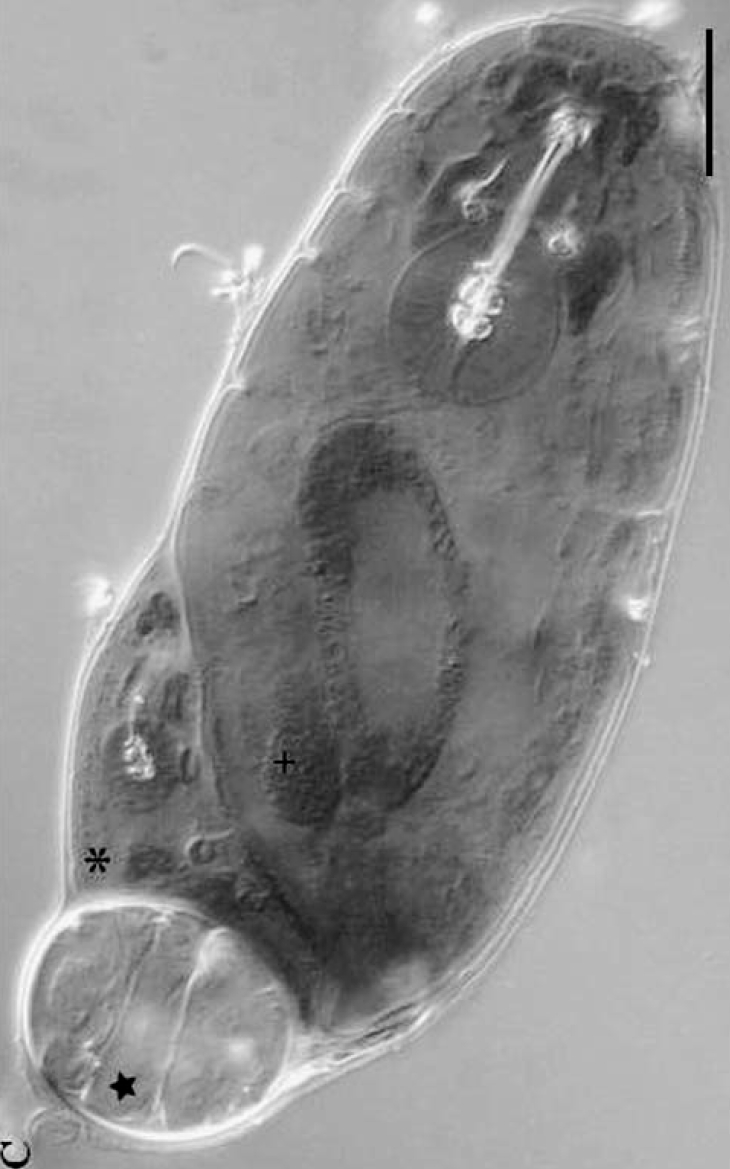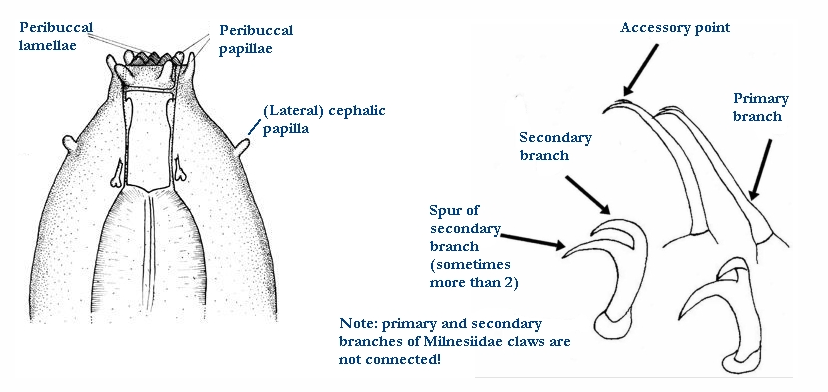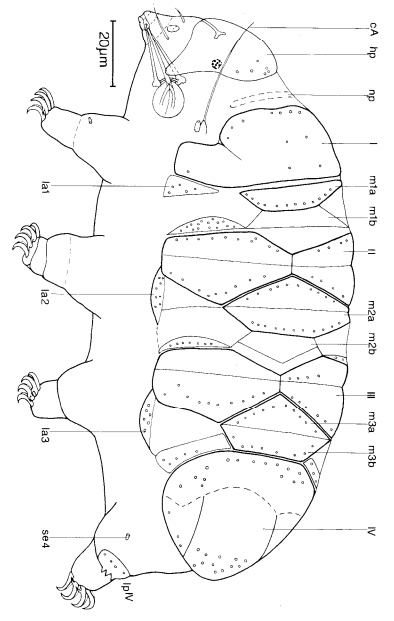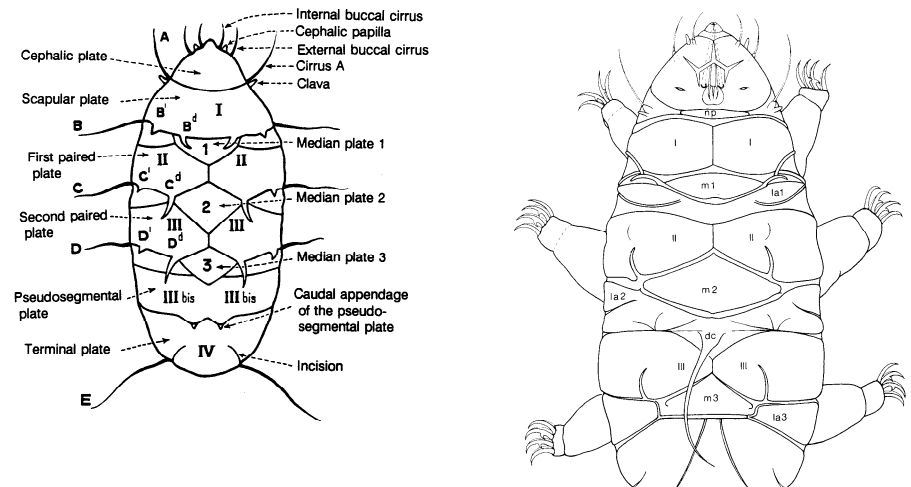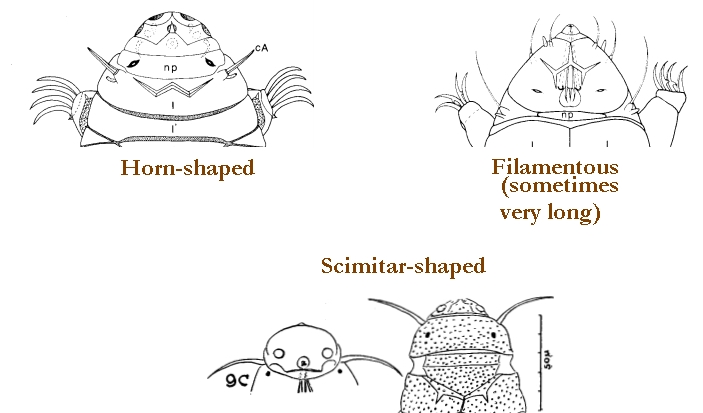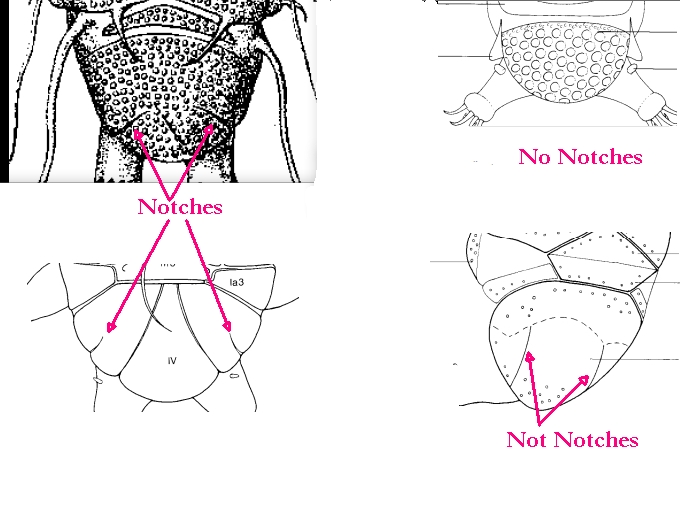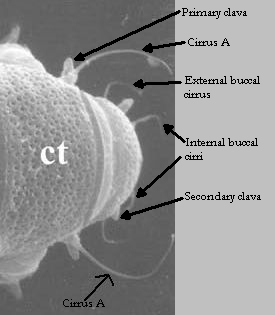Genus description from Pilato et al. 2006: “Claws of Hypsibius type; buccal–pharyngeal apparatus with rigid buccal tube without ventral lamina; in their caudal margins, the walls of the anterior portion of the buccal tube form well-developed transversal crests with very pronounced AISMs, almost cylindrical in shape with a large rounded or bilobed projection pointing caudally and diverging from the buccal tube walls; peribuccal lamellae and peribuccal papulae absent; pharyngeal apophyses and placoids present.”
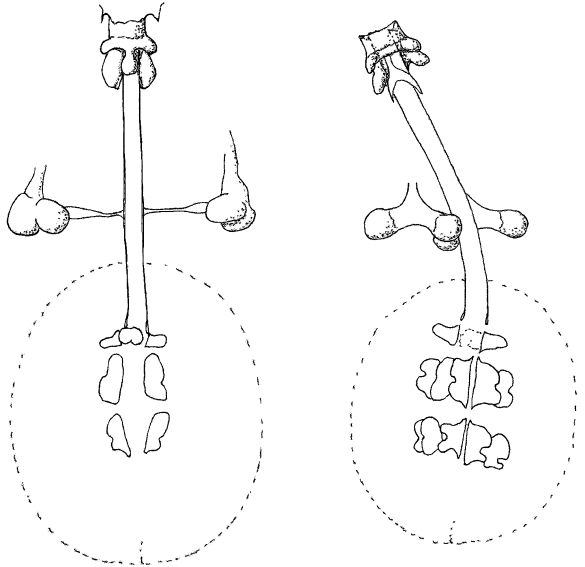
Citations:
Pilato G, Guidetti R, Rebecchi L, Lisi O, Hansen JG, Bertolani R. 2006. Geonemy, ecology, reproductive biology and morphology of the tardigrade Hypsibius zetlandicus (Eutardigrada: Hypsibiidae) with erection of Borealibius gen. n. Polar Biology. 29 (7): 595-603.
